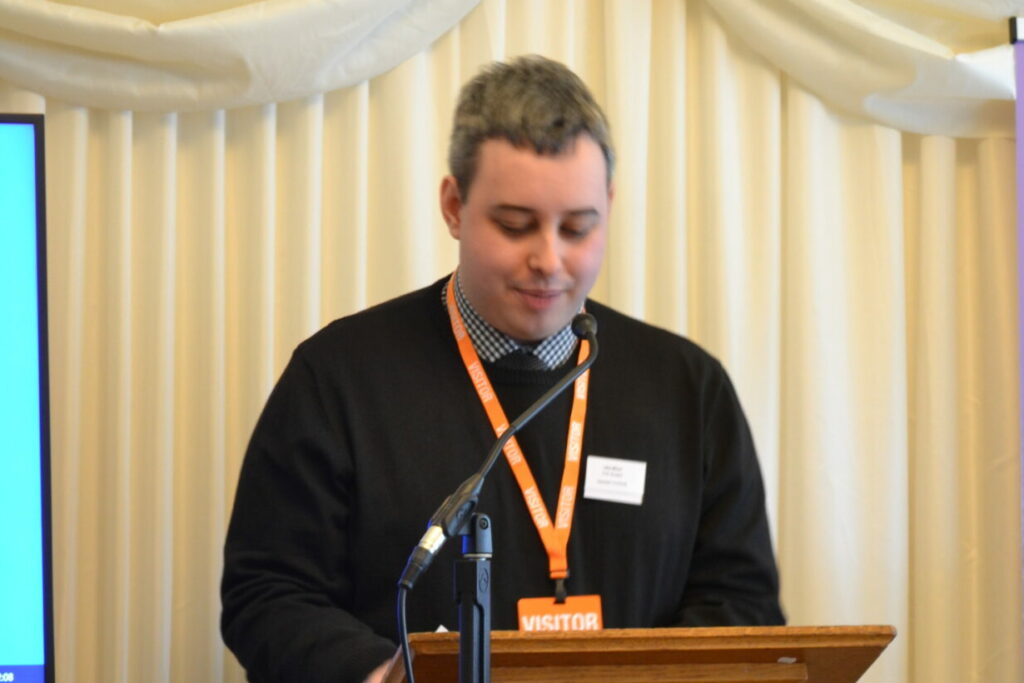Dr Denise Baker, Chair of the Deans of Health Network at University Alliance, comments on how universities can help the Government and the NHS deliver the health and social care workforce of the future.
“We know that many of the issues the NHS currently faces are workforce-related. There are 130,000 vacancies in England, 46,000 of which are nursing posts. Even if the Government meets its manifesto pledge of 50,000 more nurses, there remain well-documented issues with retention of staff at a time when demand for nurses is increasing much faster than supply.
The current NHS crisis cannot be blamed solely on Brexit and COVID, since we have not had a national NHS workforce strategy since 2003.
Thankfully, then, the Government has said it will publish its long-term NHS workforce plan ‘shortly’. Any such plan must include a clear idea of how training capacity for nurses and other allied health professionals can be expanded.
Since the HE sector educates most healthcare professionals, universities must be highly involved in long-term NHS workforce planning. To date, however, there has been little effort on the part of government to engage universities on this issue, and a notable lack of cohesion between government departments.
As a result, despite having a world-leading higher education sector, the UK has tended to rely on immigration to fill workforce gaps in our health services. In January, the chief of NHS England Amanda Pritchard called for more homegrown doctors and nurses.
That is why, over the last few years, Alliance universities have been scaling up their efforts by providing new innovative simulated clinical placements for nursing and other health students.
Yet crucially, increasing capacity on healthcare courses requires years of preparation and long-term investment in new buildings, facilities and staff.
“there is huge potential for the higher education sector to be more involved in finding solutions to longstanding issues.”
In response for this need for a joined-up approach to planning, earlier this year, University Alliance published a briefing which four identified areas where universities, the NHS and government can collaborate to find solutions to the crisis.

Picture by Beth Walsh Photography-
University of Derby assignment/ December 2021
- Firstly, there’s a need to ensure universities are involved in long-term NHS workforce planning.
University Alliance would like to see universities established as anchor institutions across Integrated Care Systems (ICSs) and Integrated Care Boards (ICBs). Relatedly, we also recommend that the Department for Education and the Department for Health and Social Care convene a joint ministerial working group tasked with finding immediate and long-term solutions to meet NHS training and skills needs. The two Departments need to work more closely going forward on the issue of the healthcare workforce. - Placement tariffs for nursing students need reforming.
Currently placement providers such as hospitals, GP surgeries and care homes receive £5,000 per nursing student they offer placements to, compared with £30,000 for doctors. The low tariff means there is less incentive for providers to offer student placements, particularly during a workforce crisis when resources, including teaching resources, are already stretched. - Simulation in nursing education needs to be fully embraced.
Simulation is revolutionising healthcare education: new simulation units and virtual and augmented reality training suites enable students to undertake rare or risky procedures and hone everyday skills in safe but highly realistic environments, before using them on real patients.The burden on the NHS is reduced by cutting the number of hours of ‘live’ clinical placement required. The Nursing and Midwifery Council (NMC) recently announced that 600 hours of nursing student placements could take place in simulated environments by approved providers. This was a welcome development: simulated training is here to stay and should now be invested in for the long-term.We are calling on the Government to continue to provide capital funding for simulation, and a long-term guarantee from the NHS that universities will continue to receive a proportion of the tariff to deliver simulated practice hours. This will support them to invest in the staff and equipment required to scale up their simulated training provision.
- A new regulatory framework for nursing education should be explored.
For many years, the NMC has followed an approach, based in EU law, which requires nursing pre-registration programmes to total 4,600 hours. Half of these (2,300) must be practice hours in a live clinical setting.Of course, we recognise time spent in real-life environments is essential to put students’ learning into practice, and to properly prepare them for the real challenges they will eventually face. However, the significant number of hours required also places a major strain on the NHS, which hosts the majority of clinical placements.Notably, many countries take a different approach: Australia stipulates 800 hours, and Canada and most US states do not require a minimum number of hours at all, opting for a competency-based approach instead.Nursing education is becoming increasingly sophisticated – and we think moving towards a modern framework that keeps pace with these developments is a sensible approach.Now that we’ve left the EU, we can design a new regulatory approach to nursing training with quality and efficiency at its heart, which emphasises the proficiency of nurses rather than time served in wards or other clinical settings, which takes up NHS resource when it’s already stretched.
“Since the HE sector educates most healthcare professionals, universities must be highly involved in long-term NHS workforce planning.”
In conclusion, then, it is clear there is huge potential for the higher education sector to be more involved in finding solutions to longstanding issues.
If they have a seat at the table, universities and colleges can do much more to relieve the strain on the NHS, while also delivering a quality workforce fit for the future.”
—
Go to our Future of the NHS Workforce page to watch a video playlist explaining how simulation in nursing training works and to see more of our member’s nursing and midwifery facilities.




